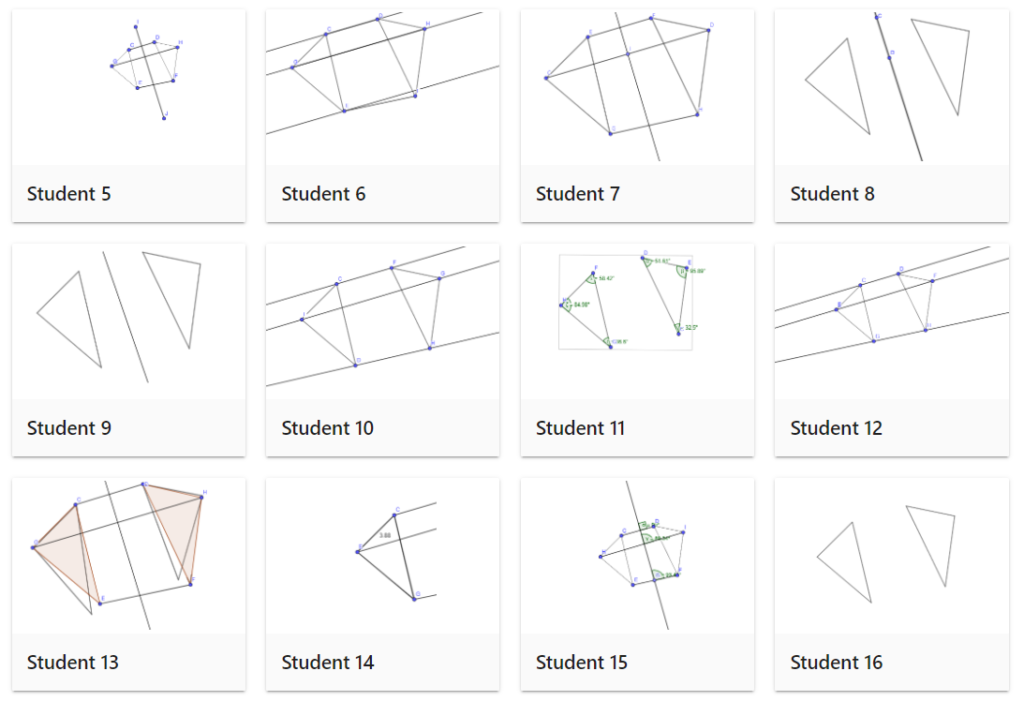The week started out with a few empty chairs in class. My attendance is usually 100%, so even a couple of absences is noticeable. Especially when it happens every period. By Friday there were 7 or 8 students out in every class. The DOE wasn’t acting as fast as parents were, but the shutdown was inevitable.
I knew things had gotten real when the NBA suspended its season in of the middle of the game I was watching. I remember telling students closure was imminent. We probably won’t be back before Spring Break, I told them, maybe not even by end of the year. I said we might be dealing with this for the next two years, somewhat prophetically.
Teachers had started to stay home, too, which made it easier for me to book a computer lab for the Thursday and Friday of that week. I brought my geometry students in for a crash course in Geogebra. I had a feeling it would come in handy.
They closed the schools the next week. For students. Staff still had to report, though more were calling out. In an email the Chancellor of NYC Schools spelled it out for us: “By Monday, March 23, we expect all students and teachers to begin engaging in remote learning in all grades.” I had one week to figure out how to turn myself into a remote teacher.
One year later, I’m still figuring it out. This is the 40th entry about my transition from experienced classroom teacher to novice remote teacher. I’m glad this series is nearing its end, but I’m also glad I kept a record of where we started and how far we’ve come.
Related Posts




